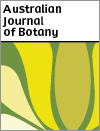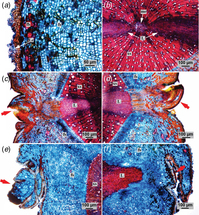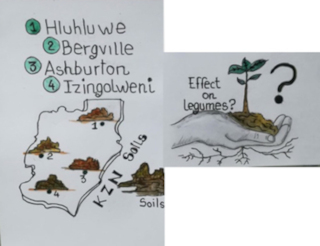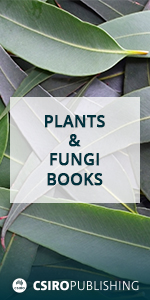BT22009Frameworks for identifying priority plants and ecosystems most impacted by major fires
 , David A. Keith
, David A. Keith  , Rachael V. Gallagher
, Rachael V. Gallagher  , Mark Tozer, Mark K. J. Ooi
, Mark Tozer, Mark K. J. Ooi  , Tom Le Breton, Stuart Allen, Colin Yates
, Tom Le Breton, Stuart Allen, Colin Yates  , Stephen van Leeuwen
, Stephen van Leeuwen  , Richard J. Williams and Berin D. E. Mackenzie
, Richard J. Williams and Berin D. E. Mackenzie 
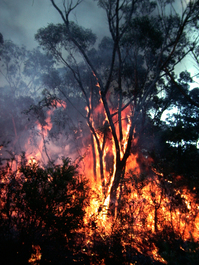
The occurrence of large-scale fires is increasing globally. Adverse impacts of these fires on plants and ecosystems can be significant without rapid management responses. We developed novel predictive frameworks to identify the species and vegetation types in most urgent need of post-fire intervention to promote successful recovery after such megafires. The frameworks described here are applicable to major fire events in a diverse range of biomes across the world.
BT22009 Abstract | BT22009 Full Text | BT22009PDF (9.6 MB) Open Access Article


